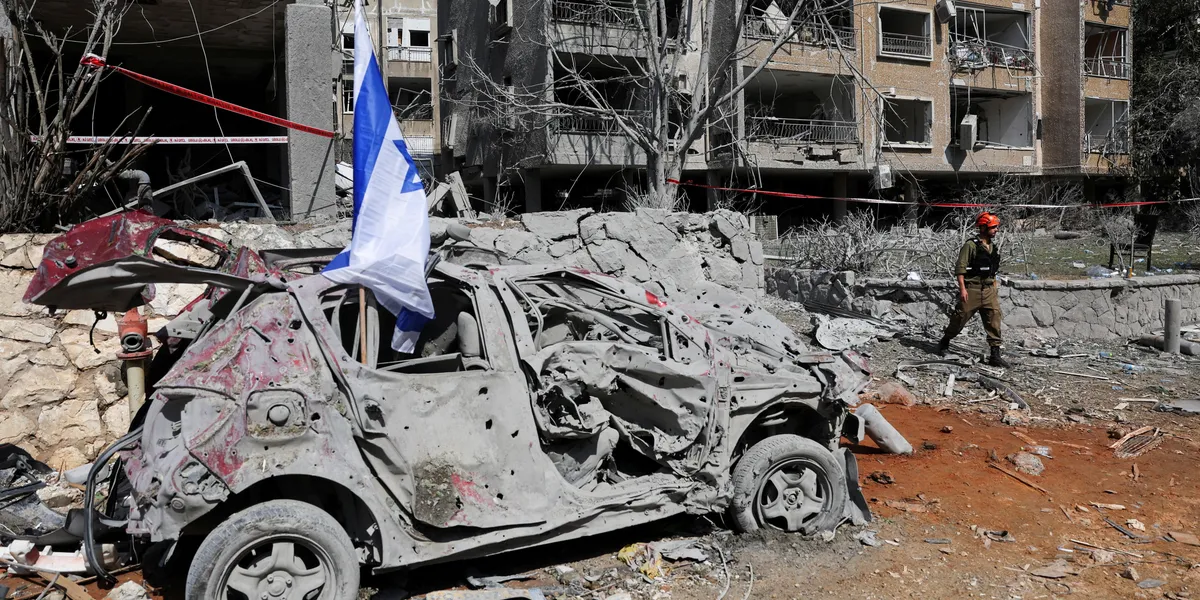Iran Launches Retaliatory Strikes on Israel: What You Need to Know

What Just Happened?
On June 17, 2025, Iran’s Revolutionary Guard carried out a large-scale attack on Israel. This was Iran’s direct response to recent Israeli airstrikes on Iranian nuclear and military sites. In a rare show of military capability, Iran launched more than 100 ballistic missiles along with hundreds of drones aimed at cities such as Tel Aviv, Haifa, Petah Tikva, and Ramat Gan.
Why Did Iran Strike Back?
Iran claims its actions were justified retaliation after Israeli forces destroyed key sites inside Iran, including nuclear infrastructure and military bases. That operation reportedly killed over 200 Iranian personnel, which Tehran says justified immediate action.
How is Israel Responding?
1. Active Defense
Israel’s Iron Dome and Arrow missile systems intercepted dozens of incoming threats, though some missiles broke through and struck civilian areas.
2. Casualties and Damage
Early reports indicate at least 24 civilians were killed, and hundreds more injured. Several apartment buildings and public areas suffered significant damage. In Petah Tikva, a missile strike tragically claimed four lives.
3. Ongoing Alerts
Cities across Israel remained on high alert, with sirens and air-raid warnings continuing as the night went on. Authorities urged residents to seek shelter immediately when alarms sounded.
What This Escalation Means
A Shift in the Conflict
This direct exchange between Iran and Israel marks a departure from proxy skirmishes. Both nations engaged directly, raising concerns of a wider regional war.
Drone and Missile Tactics
Iran used a combination of drones and ballistic missiles to overwhelm Israel’s defenses. In response, Israel deployed advanced aircraft like the F-35 alongside missile defense systems.
Global Ripple Effects
Bombardments like this affect global oil markets and prompt urgent international diplomacy. The UN and G7 have called for calm, while energy prices remain volatile.
What Comes Next?
| Area | What to Watch |
|-------------------|------------------------------------------------------|
| Security | Continued air-raid alerts and increased military readiness |
| Diplomacy | Pressure from global leaders for ceasefire talks and restraint |
| Economy | Oil markets could stay unstable following the strike |
| Regional Stability| Neighboring countries may be affected by refugee movements or military tension |
What You Should Know
- Israeli civilians are facing ongoing emergencies and must stay alert to public warnings.
- Regional tensions could shift rapidly, with diplomatic efforts underway behind the scenes.
- Global markets, especially oil, will likely remain sensitive to unfolding events.
The Bottom Line
This June 2025 strike marks one of the most serious direct military escalations in the region in years. With lives lost, defenses tested, and tensions rising, it’s a pivotal moment in the broader Middle East conflict. The focus now turns to whether diplomacy can quickly defuse the situation, or if further retaliatory strikes will follow.
Stay tuned for updates as this situation unfolds.